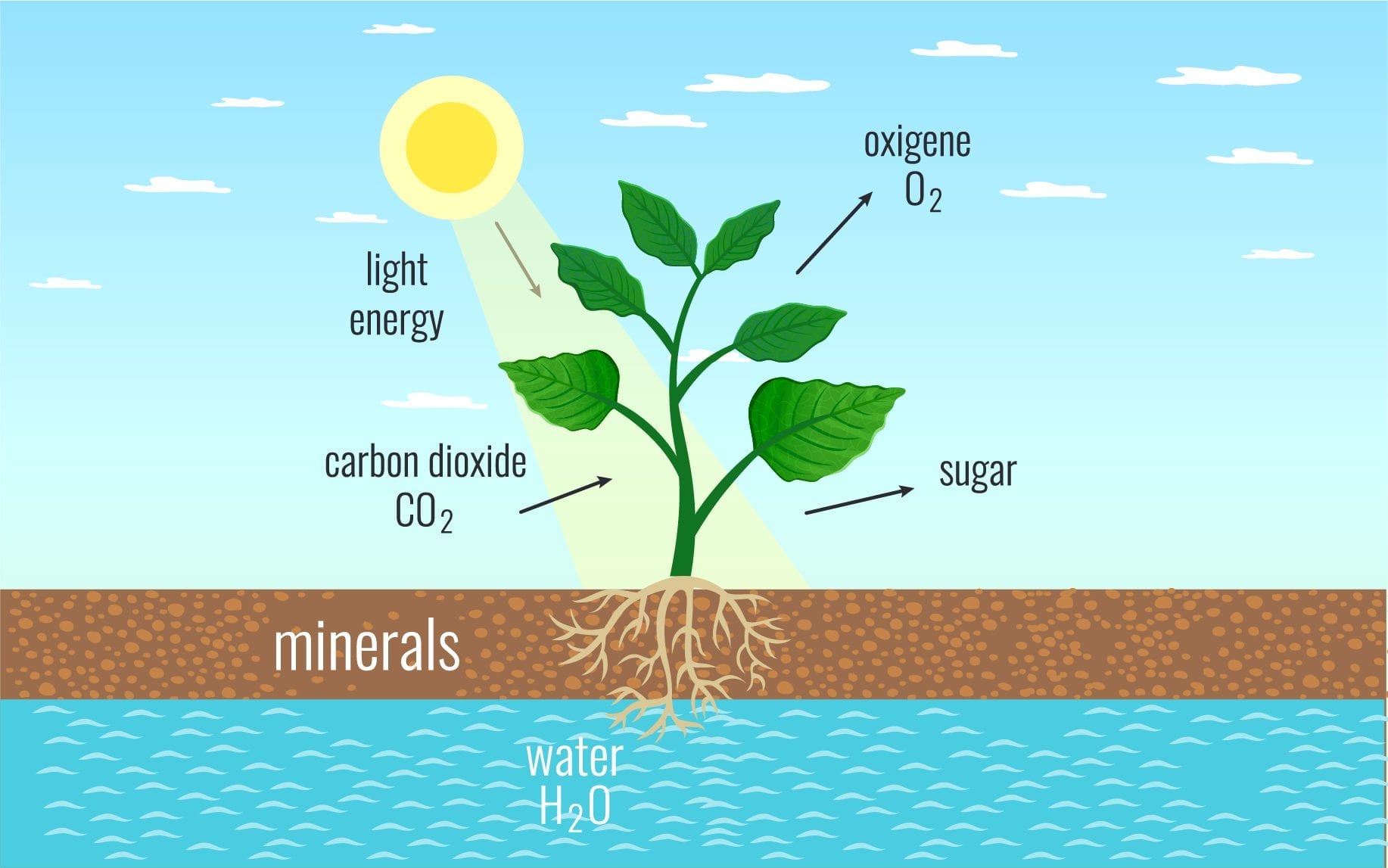Table of Contents
What is Plant Kingdom?
As you are aware that living organisms are broadly classified into five Kingdom classification i.e., Monera, Fungi, Protista, Animalia, and Plantae. Among these, Kingdom Plantae involves all the plants that exist on earth. They are multicellular, eukaryotic, and autotrophic organisms. The plant cell comprising of a rigid cell wall. Majority of the plants survives through photosynthesis for which they require chloroplast and chlorophyll pigment.
Characteristics of Plant kingdom
The plant kingdom has the following properties:
- Plants are non-motile.
- Plants are called autotrophs as they generate their own food.
- Plant reproduces asexually by vegetative propagation or sexually.
- These are multicellular eukaryotes. The plant cell contains the outer cell wall and a large central vacuole.
- Plants comprise of photosynthetic pigments which are known as chlorophyll present in the plastids.
- Plants have different organelles for anchorage, support, reproduction, and photosynthesis.
Classifications of Plant kingdom
It can be classified into three types:
- Artificial system: The earliest systems of classification utilized only gross superficial morphological characters such as colour, habit, number and shape of leaves, etc. They were based primarily on the androecium structure (system given by Linnaeus) or on vegetative characters. Such systems are known as artificial system.
- Natural System: Natural affinities among the organisms and consider not only the external features, but also internal features, such as anatomy, ultrastructure, phytochemistry, and embryology. This type of classification for flowering plants was specified by Joseph Dalton Hooker and George Bentham.
- Phlogenetic system: At present phylogenetic classification systems based on evolutionary relationships between the various organisms are acceptable. This system consider that organisms belonging to the same taxa have a common ancestor.
Eichler Classification
Eichler classification is based on the presence or absence or flower in a plant species.
According to this classification system, plant kingdom can be sub-categorized into two types based on Flowering.
- Cryptogamae: This class include all the non-Flowering and Seedless Plant.
- Phanerogamae: This class include all the flowering and seed bearing Plants.
Again, based on the type of body Cryptogamae can be further classified into three types
- Thallophyta
- Pteridophyta
- Bryophyta
Further, Thallophyta is divided into three types
- Algae (Pigmented Thallophytes)
- Lichens (Symbiotic relationship between algae and fungi)
- Fungi (Non pigmented Thallophytes)
Phanerogamae can be further divided into two types
- Angiosperms: It involves the plants which has covered seed.
- Gymnosperms: It involve the plants which has naked seed.
Angiosperms are again divided into two
- Monocots: It has fibrous root system, single cotyledon, and parallel venation.
- Dicots: It has tap root system, two cotyledons, and reticulate venation.
Alge
Algae are aquatic (fresh water and marine) organisms that comprises of chlorophyll- simple, autotrophic, thalloid, and largely. They grow in a various of other environments such as soils, moist stones, and wood. Some of them also grow in association with animals (for example on sloth bear and fungi (for example: lichen). The size and form of algae is highly variable, ranging from the filamentous forms like Spirogyra and Ulothrix and colonial forms like Volvox. A few of the marine varieties such as kelps, form massive plant bodies.
The algae reproduce by vegetative, sexual and asexual procedures. Vegetative reproduction takes place through fragmentation. Each fragment grows into a thallus. Asexual reproduction takes place through the generation of various types of spores, the most common being the zoospores. They are flagellated (motile) and on germination gives rise to new plants. Sexual reproduction is by fusion of two gametes. These gametes can be non-flagellated (such as non-motile) but similar in size (as in Spirogyra) or flagellated and similar in size (such as in Ulothrix). Such reproduction is known as isogamous.
Algae are beneficial to us in a different way. Through photosynthesis algae carried out at least a half of the total carbon dioxide fixation on earth. Their presence significantly increase the level of dissolved oxygen in the environment. Marine species use algae as their source of food. Many species of Porphyra, Sargassum and Laminaria are among the 70 species of marine algae used as food. Various commercial utilization of algae is also evident in various industrial process. Certain marine red and brown algae generate large quantities of hydrocolloids (water holding substances), for example, carrageen (red algae) and algin (brown algae) which are utilized commercially.

